What are the trendy home decor styles for 2023?
It’s important to remember that trends come and go, and the most important thing is to have a space that mirorrs your style and needs.
The trend of relying on mass-produced and low-cost furniture with a short lifespan is fading away. Like fast fashion, fast furniture is often not durable and quickly becomes outdated, with plastic alternatives needing more recycling or reusing options. Instead, repurposing and using vintage pieces are becoming more popular to avoid outdated decor trends.

Contrary to what one may expect, open-plan interiors are losing popularity in favor of more divided rooms. People realize the need for separate spaces, especially after the quarantine period. However, this does not mean open concepts are entirely out of style. Instead, it’s essential to clear the boundaries of different zones, which can be achieved using bookshelves, room dividers, and rugs.TV-centered living rooms are becoming less popular, with more interiors hiding televisions or media devices from view. Smart monitors can even be programmed to display art when not in use. Modern living rooms are now focusing on their primary function of socializing and relaxation.
Non-functional decorative objects are becoming outdated as people move towards creating more mindful spaces in their homes. These objects tend to clutter designs, including word art, glass objects, trinkets, and faux books.If you’re interested in incorporating the latest interior design trends for 2023, it’s essential to do so in a way that is apt for your home. Fortunately, talented designers can help you create a timeless interior. You can schedule a free interior design consultation to learn more. The article explores sustainability, biophilic design, colorful kitchens, maximalism, multifunctionality, technology integration, and artisanal pieces. The article emphasizes creating a space that reflects one’s style and needs rather than following trends.
Sustainability and eco-friendliness:
With increased awareness of environmental issues, sustainable and eco-friendly design practices will likely continue to be a significant trend in interior design. Designers may focus on using renewable materials, reducing waste, and minimizing energy consumption.
Biophilic design:
The trend of incorporating natural elements into interior design is also likely to continue. This includes using materials like wood and stone and incorporating living plants into indoor spaces.
Colorful kitchens:
Kitchens may become more colorful, with bolder hues on cabinets, backsplashes, and countertops. Bright colors like red, blue, and green can create a fun and energetic atmosphere.
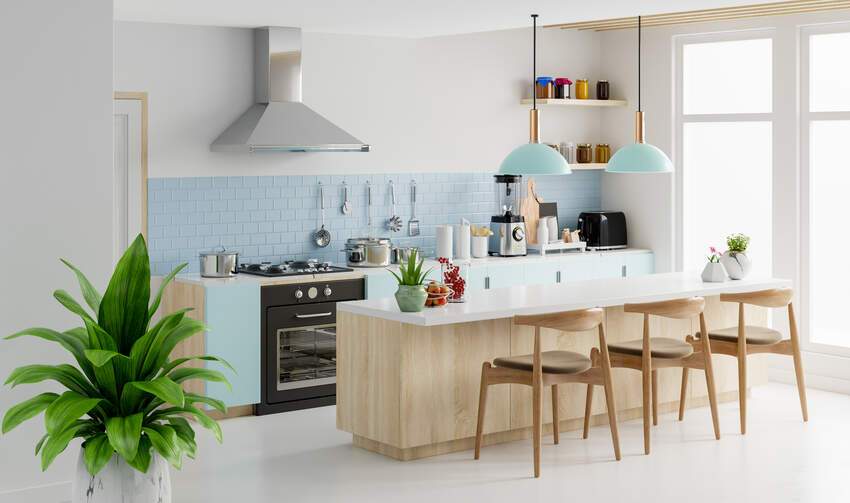
Maximalism:
Maximalism, focusing on bold colors, patterns, and textures, may continue to be a popular trend in 2023. Designers may match different styles and designs to create a unique and eclectic look.
Flexibility and multifunctionality:
As people continue to work and study from home, there may be a trend toward designing flexible and multifunctional spaces. This could include modular furniture, convertible rooms, and built-in storage.
Technology integration:
As technology becomes increasingly integrated into our daily lives, it may also become more integrated into interior design. Smart home systems like lighting and temperature control may be incorporated into interior design plans.
Artisanal and handmade pieces:
There may be a focus on artisanal and handmade pieces in interior design, as people look for unique and personalized details that reflect their individual styles.
What furniture is in style for 2023?
Based on current and past trends, furniture with organic shapes, curved lines, and comfortable designs will remain popular. Sustainable and eco-friendly furniture may also become more prevalent. Mixing and matching different design styles and incorporating natural elements such as wood and stone may continue to be on-trend. It’s important to note that personalization and individuality are becoming increasingly important in home decorating, so choosing furniture that reflects your unique style and preferences is always a manner.
You might want to opt for timeless fabric options like cotton,linen, performance weaves, or velvet — rather than boucle’ or sherpa — as the popularity of nubby fabrics in upholstery will fade away in the next year or two.
If you love the look of boucle’ and sherpa, you can still choose that look for your home by using it for pillows, benches, throws, or ottomans.
Is farmhouse style out for 2023?
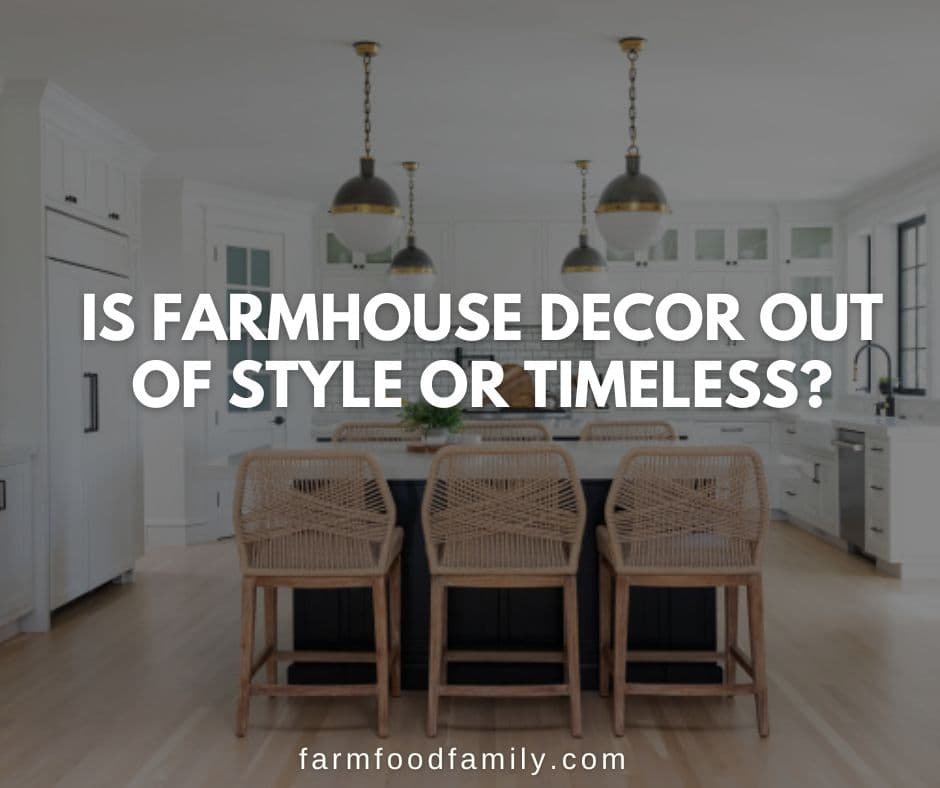
While modern farmhouse decor is still trendy, this year also this style will evolve into a more refined look, borrowing aspects from modern European, Belgian farmhouse, coastal, and Scandinavian styles. This elevated version of the contemporary farmhouse style shows no signs of fading away in the coming year.
However, the original version of the modern farmhouse style from a few years ago no longer feels current.
In conclusion, interior design trends are constantly evolving, and the upcoming years will likely bring new and exciting ideas to home decorating. The possibilities are endless, whether incorporating sustainable materials, experimenting with bold colors and shapes, or creating spaces that reflect individuality and personal style. Ultimately, the key to a beautiful and functional interior design is choosing elements that resonate with your unique style and preferences and making your home a space you truly love to be in.
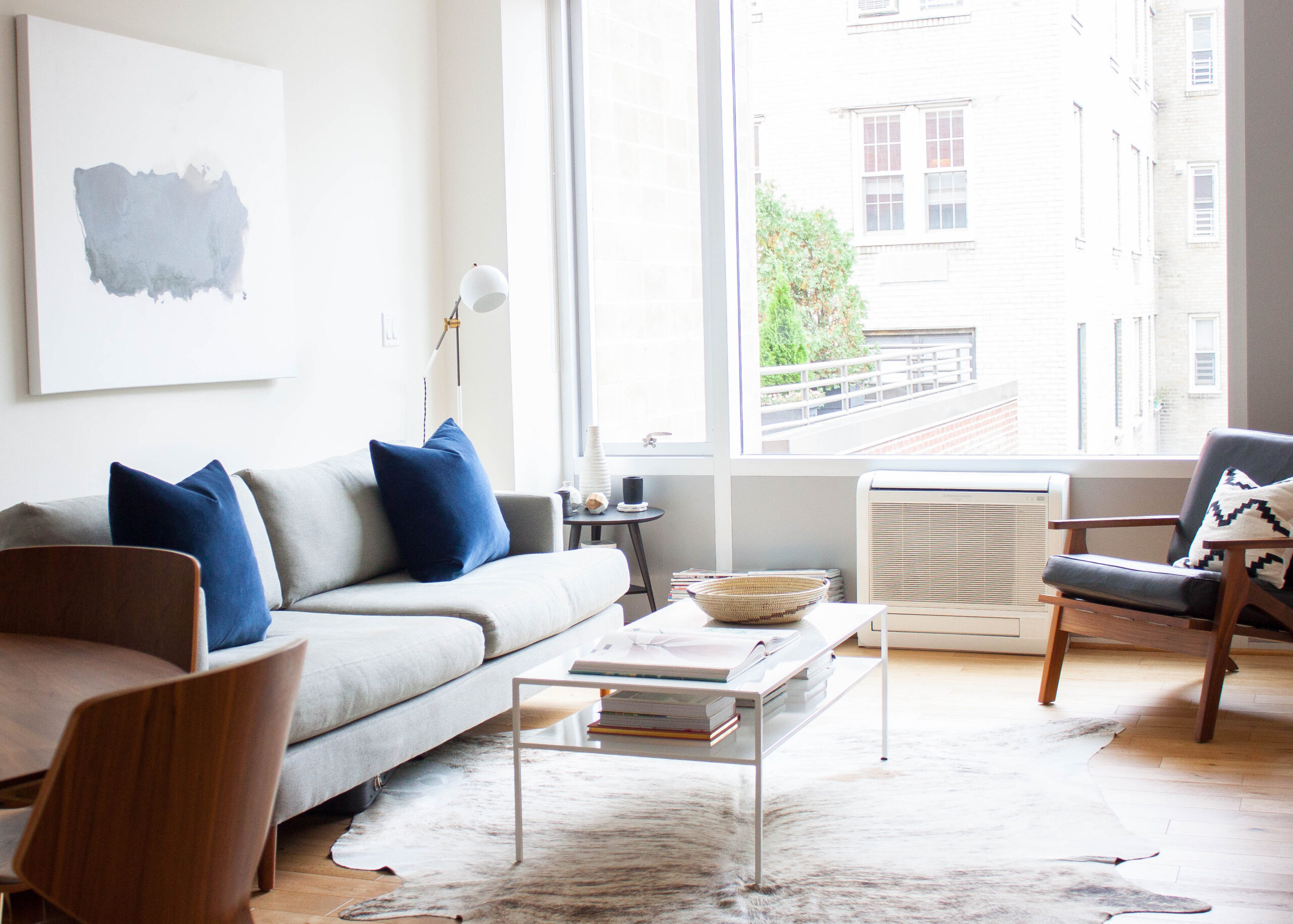
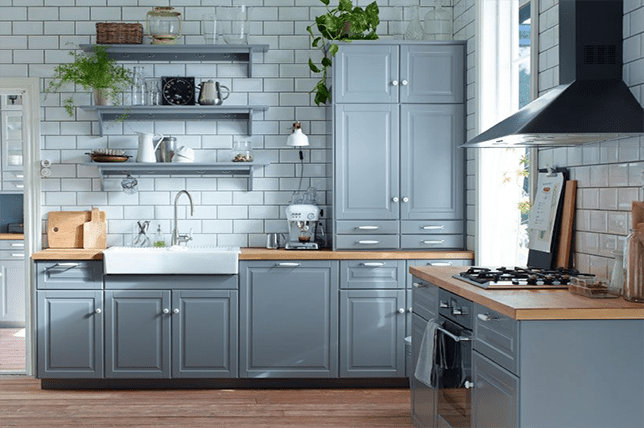
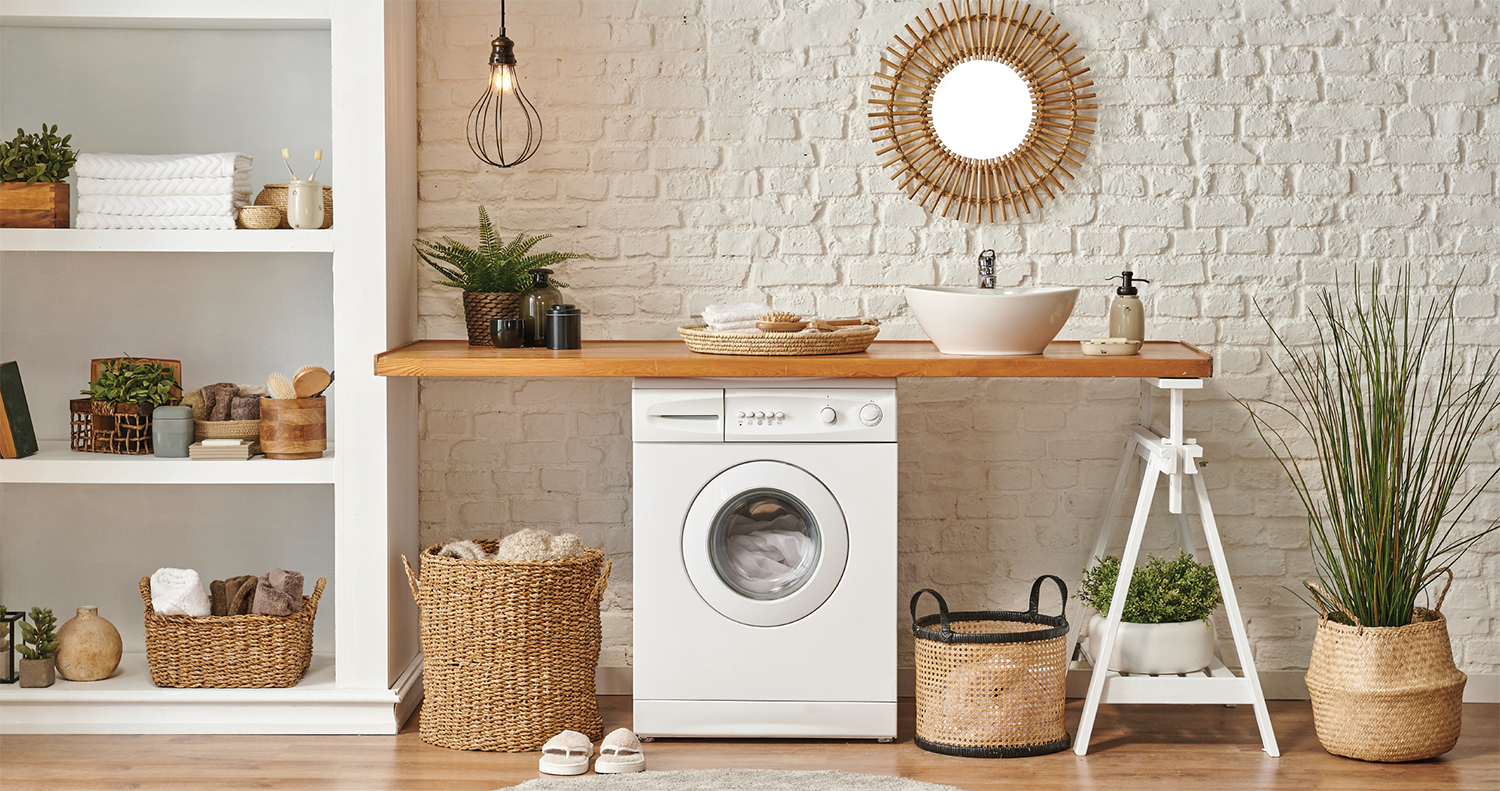



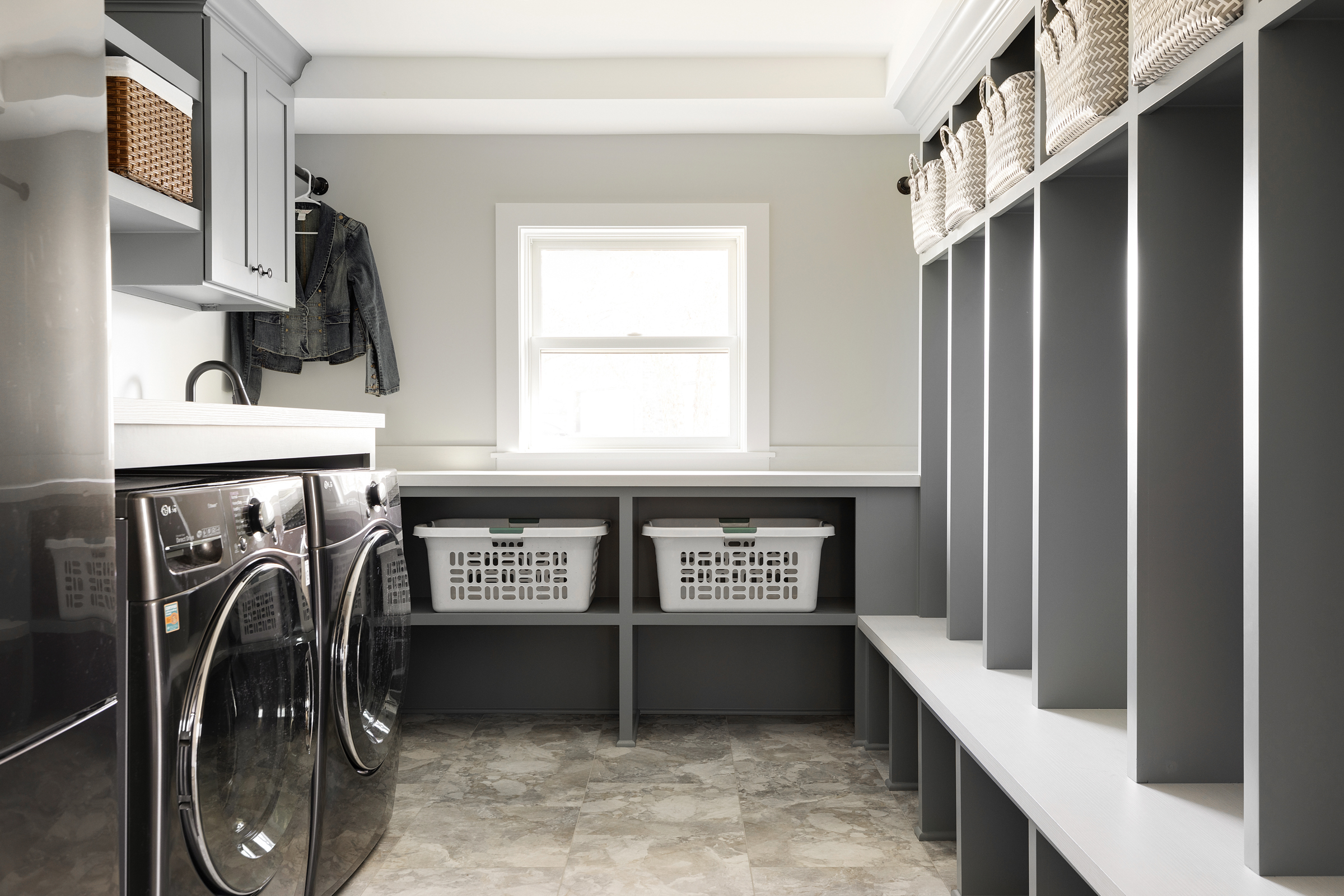
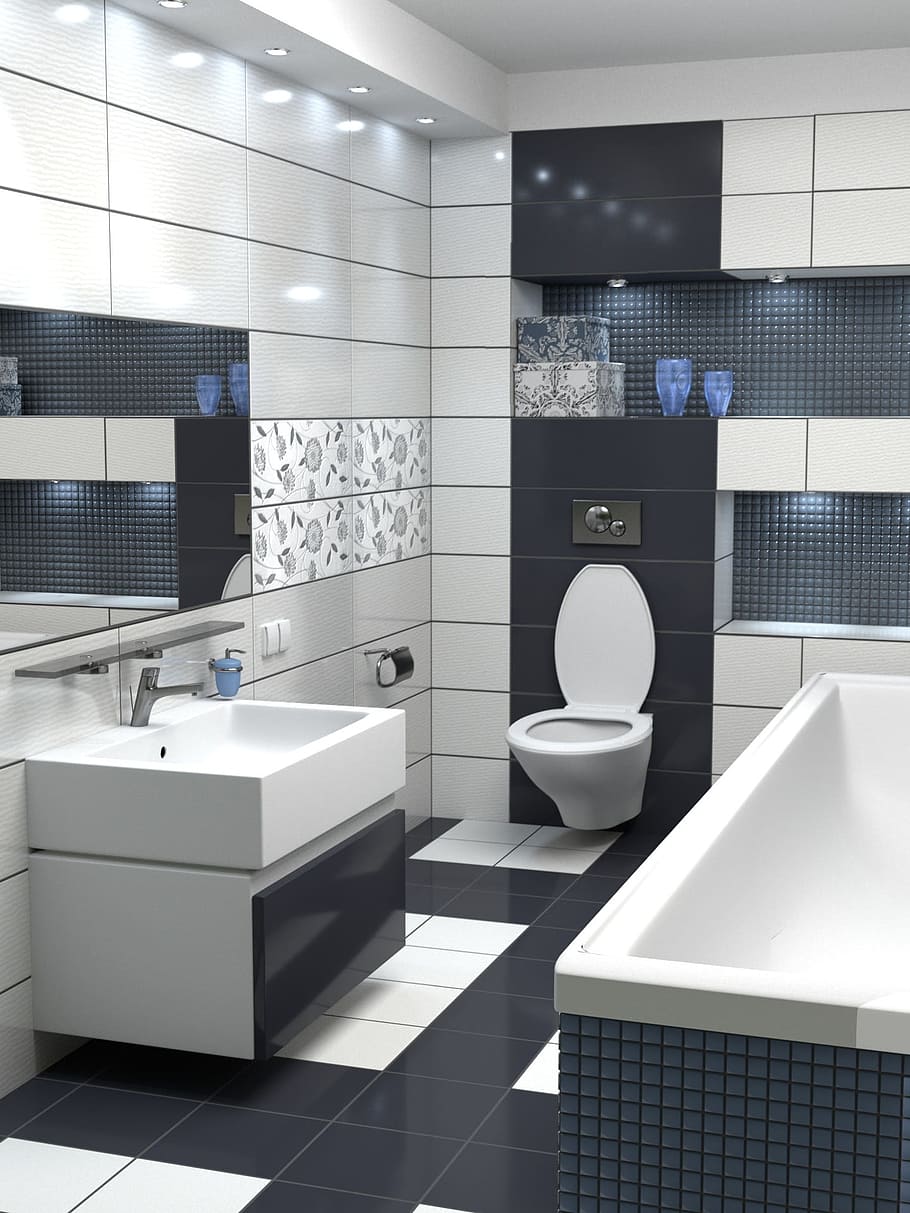
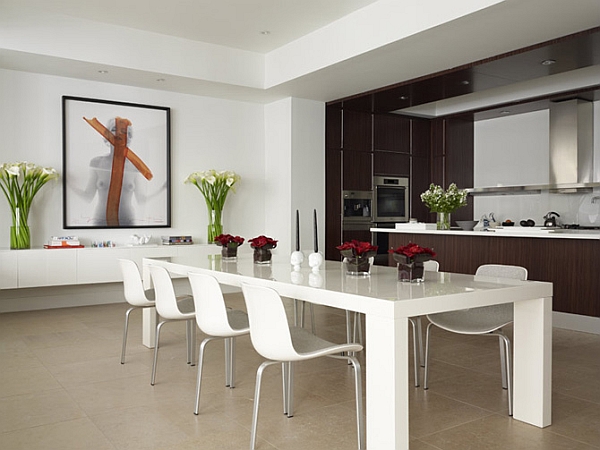
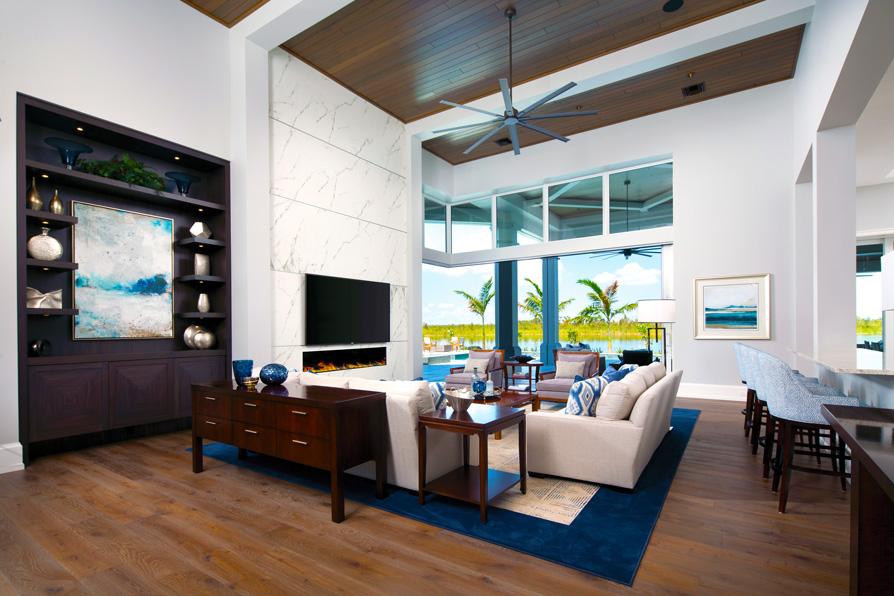
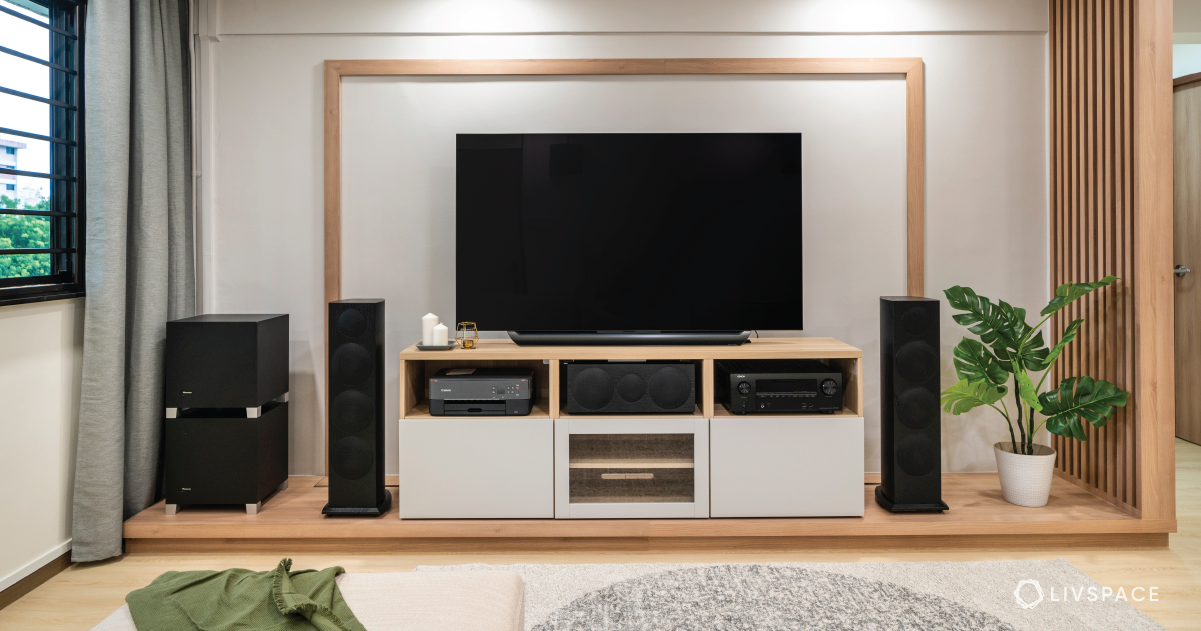



/fit-in/600x600/mall/2021/04/06/80f6ba6d2ad044548821b8535b8251ab.jpg)